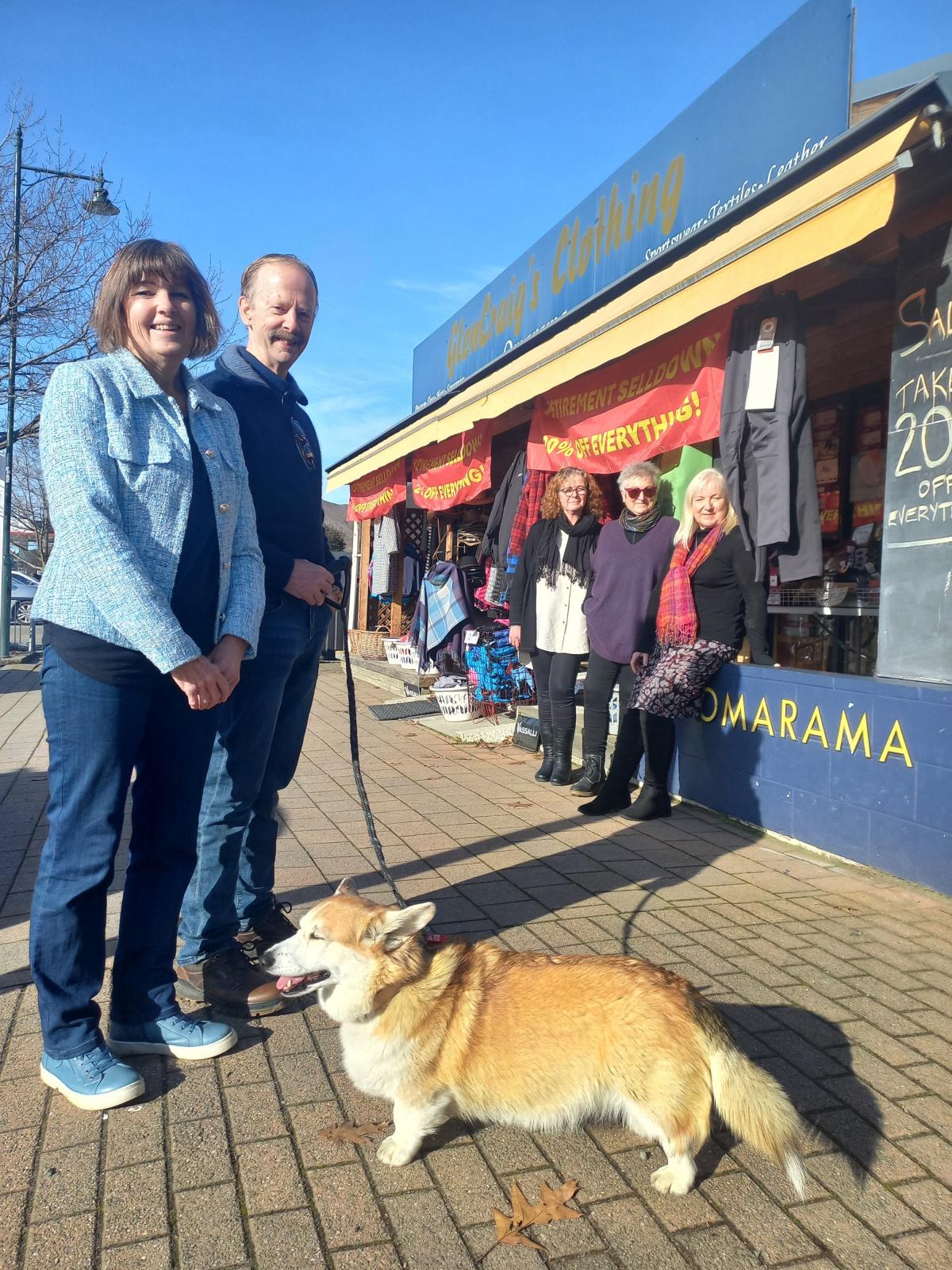Otago continues to be one of the strongest performing regions in the country on the back of the tourism recovery and an improving agricultural outlook, the latest Westpac regional confidence survey says.
Those strengthening rural sector conditions boded well for rural earnings and were also helping boost sentiment in related industries, while the continuing recovery in international tourist numbers helped support spending in Queenstown.
In contrast to other regions, there had been a strong lift in new dwelling consents over the past years.
However, it was a “mixed bag” with some retailers in the region reporting spending had been weaker than expected. Some of that softness was thought to be related to earlier high borrowing costs which had crimped spending by locals.
A lift in spending was expected now interest rates were falling.
With unemployment of 3%, Otago’s labour market was one of the tightest in the country. Queenstown businesses reported finding suitable staff remained a challenge and, in the hospitality sector, that had been a brake on some businesses operations.
The lower New Zealand dollar had been welcome news for those in the agricultural and international tourism sectors, although that improved sentiment was being tempered by significant concerns about the impact of US tariffs which could impact on international visitor arrivals in the coming months.
Southland’s economy was being boosted by the lift in the milk payout and gains in prices for other commodity exports including beef and lamb.
The related increase in incomes had helped support spending in the region with retail sales up nearly 3% over the past year. Business confidence had also picked up and a growing number of businesses expected to lift their capital spending over the year ahead.
Southland’s housing market had also been firmer than other parts of the country, with sales on the rise and prices up 3% over the past year which was in contrast to an average fall of 1% across the country more generally.
Despite the firming in economic conditions, businesses spoken to still noted challenges, particularly pressure on operating costs, especially in sectors such as retail and hospitality, and that had squeezed profitability.
Southland’s labour market had also been softening with employment levels down 5.6% over the past year and unemployment rising to 5.9%.
Businesses in Auckland continued to report tough trading conditions and there was ongoing weakness in Wellington where, in an economy heavily oriented towards the service sector, post-pandemic changes in how and where people worked had a big impact on the vibrancy of the central city.
Wellington was also not seeing the same benefits from the recovery in commodity prices being seen in many rural areas, nor was it benefiting from the lift in international visitors in the same way as centres such as Queenstown and Auckland. — APL














